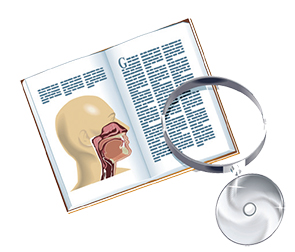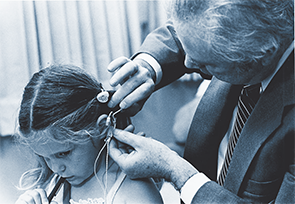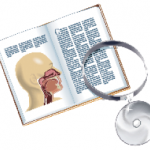Regular follow-up endoscopic examinations advised to monitor recurrence, potential for malignant transformation


Regular follow-up endoscopic examinations advised to monitor recurrence, potential for malignant transformation
Self-reported snoring linked with decreased sleep time, unintentionally falling asleep, coronary artery disease, depressive disorders
Higher quality larynx cancer care associated with reduced incidence of late airway and swallowing impairment, improved outcomes, lower costs
Research finds HRME useful as technique for margin control, platform for molecular imaging technologies
Healthcare provider, provider’s specialty, presence of medical trainees affect overuse of antibiotics
The FDA says that the efficacy of certain drugs to treat otitis media, otitis externa, or excessive wax buildup has not been proven, and some have reports of adverse effects
A team of physicians, veterinarians, and animal behaviorists at the University of California in Davis have been training a pair of dogs to identify the scent of cancer in humans.

Radiologists Hugh Curtin, MD and Caroline Robson, MBChB discuss indications for both CT and MRI imaging studies in the evaluation and management of otologic disease.

Timeline of pivotal advances in CI technology from 1957 through 2000

Research suggests bilateral implants should be placed simultaneously when feasible
